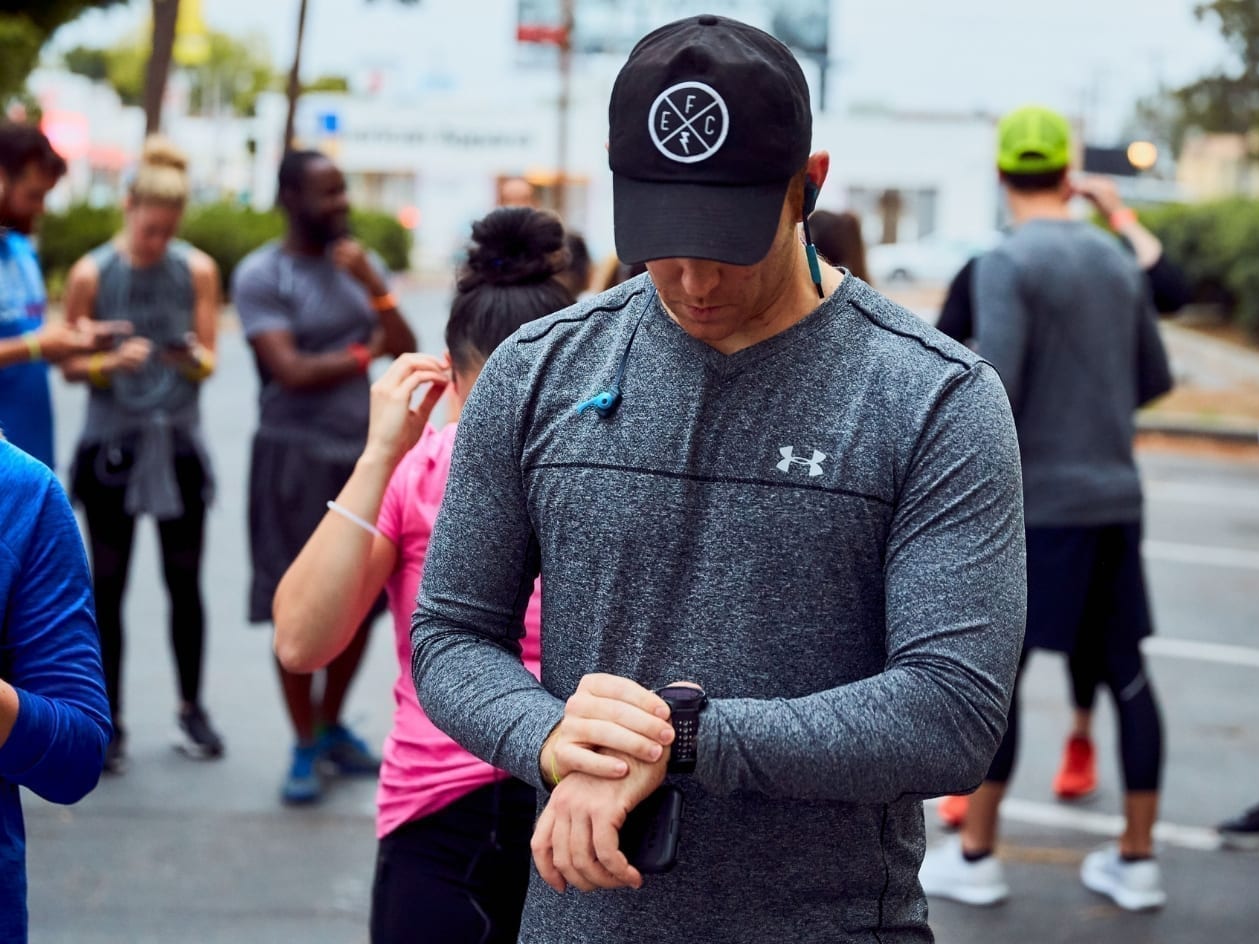Changing your trainers on the proper time is crucial to decreasing accidents and protecting your ft joyful. However how are you aware when the time is true? We’ve all heard the shoe consultants inform us each 300 to 500 miles, however that’s not at all times the case. What causes our trainers to interrupt down, and when will we actually want to interchange them?
To begin with, no matter what number of miles you set in your footwear, the fabric in our trainers has a shelf-life of six-to-nine months. The plastic and rubber used to make our footwear begins to harden after this, making the footwear much less efficient, and making accidents extra frequent.
This got here as actually dangerous information to me. I’m a frugal particular person. I like to search out low cost trainers on Amazon. They are typically final 12 months’s mannequin – which I care nothing about – I simply need some good trainers that received’t depart my pockets unhappy. However buyer-beware when doing this. These footwear have seemingly sat in a warehouse for some time, breaking down all that point.
I additionally know individuals who purchase a couple of pairs of their favourite footwear directly. It’s greater than irksome that shoe firms make modifications to their shoe fashions annually. You’ll be able to lastly discover the shoe that matches completely, after which the following 12 months it’s a totally completely different shoe. Storing footwear in your closet, in line with the consultants, will not be a good suggestion.
A greater possibility for extending the lifetime of your operating shoe—and decreasing your likelihood of harm—is to rotate your footwear every run. I preserve two pairs in rotation always. The froth in trainers takes about 24 hours to get well from a run. This implies you possibly can expertise a less-cushioned run and will enhance your probabilities of harm by operating in the identical pair for every run. You’ll nonetheless incur simply as a lot price by this methodology, but it surely received’t appear to occur as usually.
As I discussed earlier, consultants say it is best to change your footwear each 300 to 500 miles. I believe this is dependent upon a couple of issues. I’ve run in footwear for near 1,000 miles they usually nonetheless felt okay. And I’ve put solely 150 miles on a pair of footwear earlier than they broke down and I removed them. Here’s what it is best to have in mind:
· It is dependent upon the shoe model – I received’t disclose the model, as a result of I don’t need to throw shade, however there’s a well-known shoe firm that I simply received’t give my cash anymore. Each time I buy a operating shoe from them, I’m throwing them out after 150 to 200 miles. Even when I’m shopping for them on the outlet mall, the worth provides up.
Know your manufacturers, and be sure to analysis feedback when on the lookout for a brand new shoe model. Do the feedback say they final a very long time? Trainers are extraordinarily costly; you don’t need to have to purchase a brand new pair each two or three months.
· It is dependent upon the way you run – In case you are a heel-striker you’ll most probably undergo footwear sooner than a extra impartial runner. By hitting one spot in your shoe with every strike, your footwear will break down a lot sooner in that one space. You’ll be able to attempt to repair your type, however most of us can expertise extra accidents if we attempt to make too many modifications to the way in which we run.
· It is dependent upon what you run on – By far, street operating will break down your footwear sooner than operating on the path or on a treadmill. Concrete isn’t solely onerous in your joints; it may be homicide in your shoe floor as properly. If you wish to stretch the lifetime of your footwear, strive mixing up your runs and incorporating treadmill runs and/or some path runs.
· It is dependent upon your dimension – This may increasingly go with out saying, however the extra you weigh, the sooner your footwear will break down because of the quantity of power placed on them. This often can’t be helped. Don’t go on a crash weight loss program simply to elongate the lifetime of your footwear.
The takeaway right here is to concentrate to how your shoe feels on the finish of your run. Are your ft sore? Are your toenails bruised or falling off? It could be time to interchange your shoe.
What to do along with your footwear if you end up accomplished operating in them? Listed below are a couple of choices:
· Donate them to a neighborhood homeless shelter
· Donate them to a thrift retailer
· Use them as your new gardening footwear
· Take a look at these different cool donation websites right here
You need to use a shoe mileage monitoring app in your telephone, or an excel spreadsheet in your pc, however I don’t suggest it. The variety of miles in your footwear means means lower than how your physique feels once you get house.
Taking note of your physique, and what your ft are telling you is a significantly better measurement of the place your footwear are on the wear-and-tear meter.

















